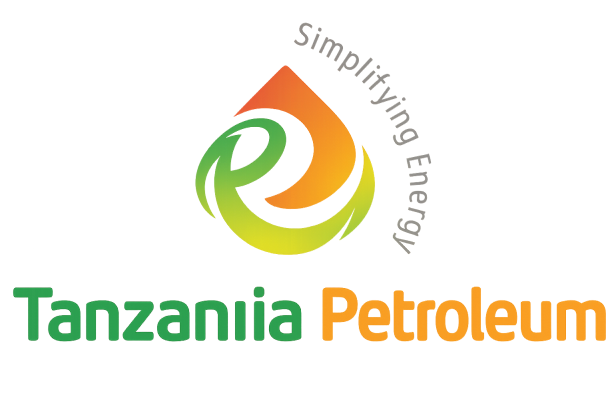When people talk about “Tanzania’s growth,” they usually mention agriculture, logistics, or construction.
But the quiet engine behind all of it? Energy infrastructure.
Every new petrol station, storage terminal, and LPG depot isn’t just about fuel — it’s about unlocking movement, trade, and opportunity.
Look around — from Dar es Salaam to Mbeya, from Dodoma to Mtwara.
Where energy projects rise, business ecosystems follow.
A new petrol station brings more than fuel:
- It brings traffic that supports small shops and car washes.
- It brings jobs for drivers, attendants, and maintenance staff.
- It attracts logistics businesses, restaurants, equipment suppliers.
That’s how entire local economies start — not with huge factories, but with reliable access to energy.
The Shift Few Are Seeing:
For years, investors saw fuel stations as “too technical.”
Now, they’re realizing something powerful:
Petrol stations aren’t just energy assets — they’re mobility hubs and profit engines tied directly to Tanzania’s infrastructure boom.
As new highways and regional road network expand, land that was once “just empty” is suddenly becoming strategic energy real estate.
This is why local businesses, construction firms, and transportation, and media companies are quietly entering the fuel retail space.
They see what’s coming — and they’re positioning early.
Those who learn that now will be the ones building the next generation of fuel businesses, and roadside economies across East Africa.
In the months ahead, we’ll continue to explore how Tanzania’s energy infrastructure is shaping regional trade, local entrepreneurship, and private investment.
Because in this country’s growth story — fuel isn’t just power.
It’s the foundation of progress.






